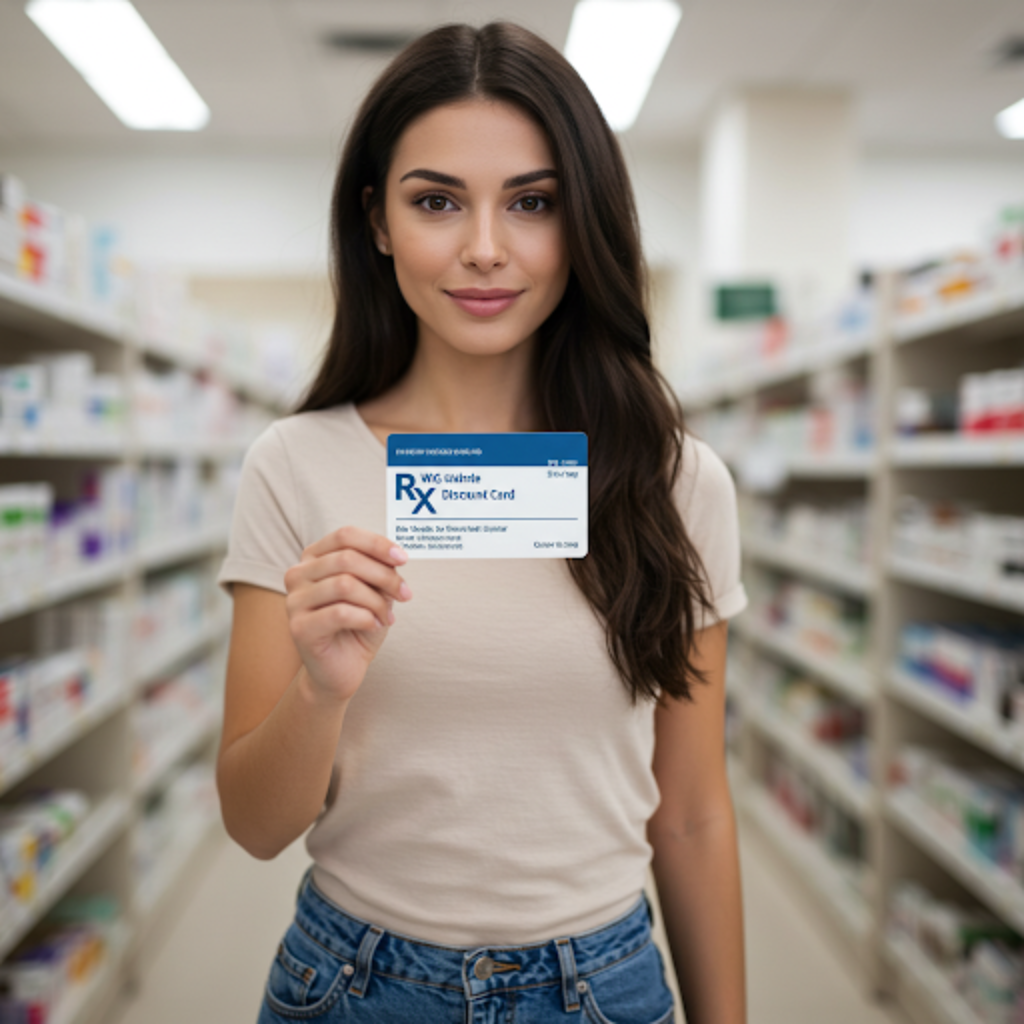
Prescription discount cards: Your guide to saving on medication
Prescription drug costs in the United States can be a significant burden for many individuals and families. Even with insurance, copays and deductibles can quickly add up, making it difficult to afford necessary medications. Fortunately, prescription discount cards offer a valuable solution, providing substantial savings on a wide range of prescription drugs. This comprehensive guide explores everything you need to know about prescription discount cards, how they work, and how to choose the best one for your needs.
What are prescription discount cards?
Prescription discount cards are programs that negotiate lower prices on medications with pharmacies. These cards are typically free to obtain and use, and they are not insurance. Instead, they work alongside your insurance, or as a standalone option if you don’t have insurance. The discounts offered can vary significantly depending on the medication, the pharmacy, and the specific discount card program.
How do prescription discount cards work?
Prescription discount card companies negotiate discounted rates with pharmacies on behalf of their members. These companies leverage the collective buying power of their members to secure lower prices. When you present your discount card at a participating pharmacy, you pay the negotiated discounted price instead of the full retail price. The pharmacy benefits from increased customer traffic, and you benefit from lower medication costs.
Who can benefit from using a prescription discount card?
Prescription discount cards can be beneficial for a wide range of individuals, including:
- The uninsured: If you don’t have health insurance, a prescription discount card can significantly reduce your out-of-pocket medication expenses.
- The underinsured: Even with insurance, high deductibles or copays can make medications unaffordable. A discount card can help bridge the gap.

- Individuals with high-deductible health plans: If you have a high-deductible health plan, you’ll likely pay full price for medications until your deductible is met. A discount card can help you save money during this period.
- People taking medications not covered by their insurance: Some insurance plans don’t cover certain medications, or they may have limitations on coverage. A discount card can provide savings on these non-covered drugs.
- Medicare Part D recipients: Even with Medicare Part D, you may encounter the “donut hole,” a coverage gap where you’re responsible for a larger portion of your drug costs. Discount card can lower the cost.
- Pet owners: Many human medications are also prescribed for pets. Prescription discount cards can often be used to save money on pet medications.
Are prescription discount cards legitimate?
Yes, prescription discount cards are legitimate. Many reputable companies and organizations offer these programs. However, like any industry, there are a few less reputable players. It’s important to do your research and choose a card from a trusted source. Look for cards with clear terms and conditions, a wide network of participating pharmacies, and positive customer reviews.
How to choose the best prescription discount card
With so many prescription discount cards available, choosing the right one can seem overwhelming. Here are some key factors to consider:
- Cost: Most prescription discount cards are free. However, some programs offer premium cards with additional benefits for a fee. Consider whether the extra benefits justify the cost.
- Pharmacy network: Make sure the card is accepted at pharmacies that are convenient for you. Check the card’s website or app for a pharmacy locator tool.
- Medication coverage: Different cards offer different discounts on different medications. If you take specific medications regularly, compare the prices offered by various cards. Many card providers have online tools to check drug prices.
- Ease of use: Look for a card that is easy to use and understand. Some cards offer mobile apps that allow you to search for pharmacies, compare prices, and access your digital card.
- Customer service: Choose a card provider with good customer service. If you have questions or problems, you’ll want to be able to reach someone easily.
- Privacy: How does this company treat my private medical information?
Comparing prices with different discount cards
It’s crucial to compare prices across multiple discount cards and pharmacies. The savings can vary significantly. Don’t assume that one card will always offer the best price on all your medications. Use the online price check tools provided by the card companies to compare prices at different pharmacies in your area.
Using your prescription discount card
Using a prescription discount card is straightforward:
- Obtain a card: You can usually sign up for a card online or through a mobile app. Some cards are also available in physical form.
- Find a participating pharmacy: Use the card’s website or app to locate pharmacies that accept the card.
- Present your card: When you pick up your prescription, present your discount card to the pharmacist along with your prescription.
- Pay the discounted price: The pharmacist will apply the discount, and you’ll pay the lower price.
Prescription discount cards vs. insurance
It’s important to understand that prescription discount cards are *not* insurance. They do not replace health insurance. However, they can be used in conjunction with insurance. If your insurance copay is higher than the discounted price offered by the card, you can use the card instead of your insurance. You cannot, however, combine the discount card with your insurance to further reduce your copay.
Potential downsides of prescription discount cards
While prescription discount cards offer significant benefits, there are a few potential downsides to consider:
- Savings vary: The amount you save can vary depending on the medication, the pharmacy, and the specific discount card.
- Not all pharmacies participate: Not all pharmacies accept all discount cards. Make sure your preferred pharmacy is in the card’s network.
- Prices can change: The discounted prices offered by a card can change over time.
- Payments may not count toward your deductible: If you use a discount card instead of your insurance, the amount you pay may not count toward your insurance deductible or out-of-pocket maximum. This is an important detail.
Prescription discount cards and Medicare
If you are enrolled in Medicare Part D, you can still find benefits from using a prescription discount card. You can’t use the discount card to lower your copay. You can use the card instead of Part D, if the discounted price is better. Amounts paid using a discount card don’t count toward getting you out of the donut hole.
The future of prescription discount cards
The landscape of prescription drug pricing is constantly evolving. Prescription discount cards are likely to continue playing an important role in helping consumers afford their medications. As technology advances, we may see even more innovative solutions for managing prescription drug costs, such as mobile apps that provide real-time price comparisons and personalized savings recommendations.
Conclusion
Prescription discount cards are a valuable tool for anyone looking to save money on medication. Whether you’re uninsured, underinsured, or simply looking for ways to reduce your healthcare expenses, a prescription discount card can help. By understanding how these cards work and carefully comparing your options, you can find significant savings and ensure access to the medications you need.







